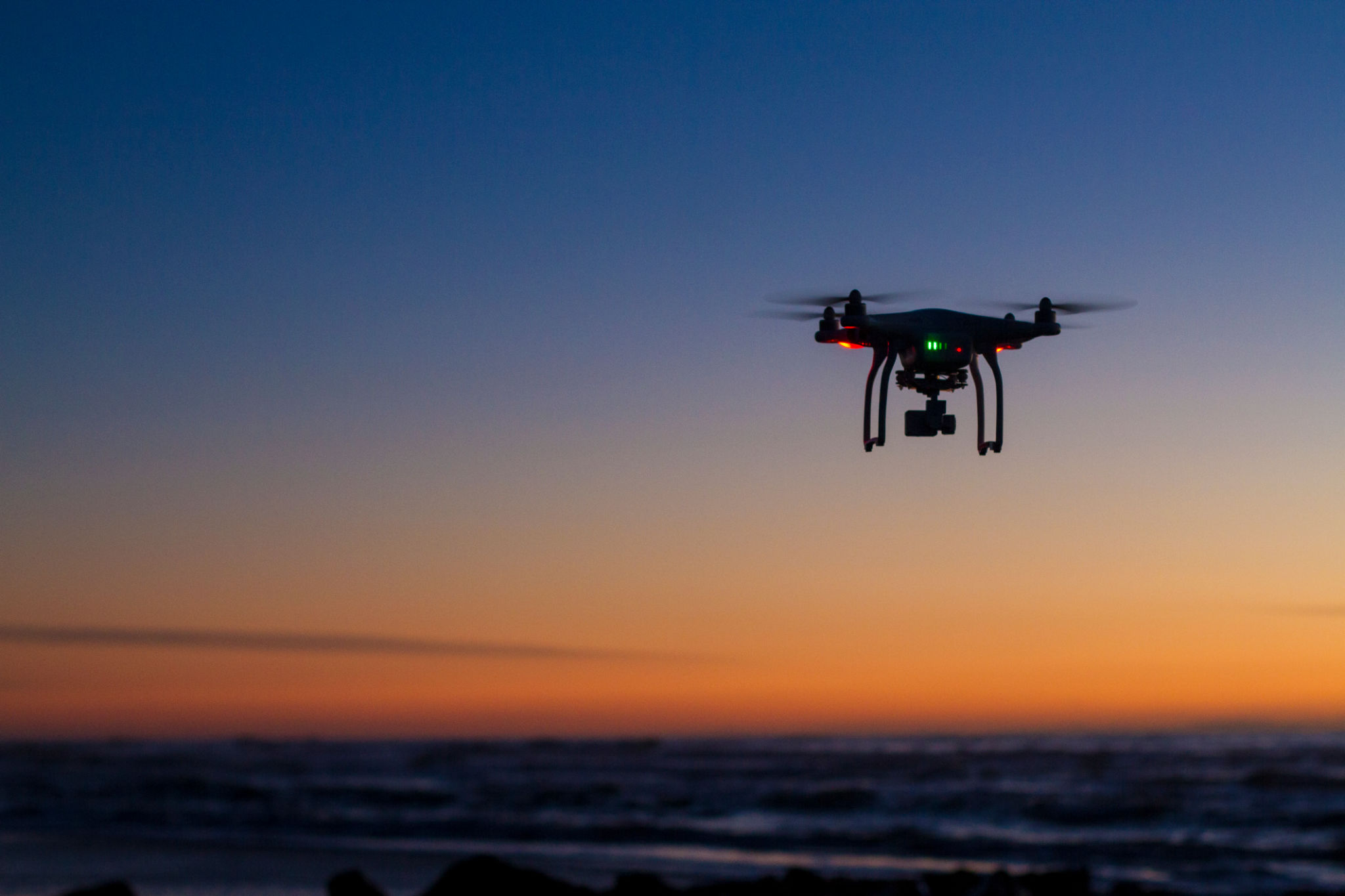Exploring the World of Drones: A Beginner's Guide for Kids
What Are Drones?
Drones, also known as Unmanned Aerial Vehicles (UAVs), are aircraft that can fly without a pilot on board. They come in various shapes and sizes and are used for many purposes, from taking stunning aerial photographs to delivering packages. For kids, drones can be a fun and educational tool to explore the sky and learn about technology.

Types of Drones
There are several types of drones, each designed for specific tasks. Here are a few common ones:
- Toy Drones: These are perfect for beginners and kids. They are affordable, easy to fly, and often come with safety features.
- Camera Drones: Equipped with high-quality cameras, these drones are great for photography and videography.
- Racing Drones: Built for speed, these drones are used in racing competitions.
Basic Drone Components
Understanding the basic components of a drone can help kids appreciate how these fascinating devices work. Here are the main parts:
- Frame: The structure that holds all the parts together.
- Motors: These power the propellers to lift the drone off the ground.
- Propellers: They spin to create lift and allow the drone to fly.
- Battery: Provides power to the drone.
- Controller: The device used to operate the drone from the ground.
Learning to Fly a Drone
Flying a drone is an exciting experience, but it requires practice and patience. Here are some tips for beginners:
- Start Indoors: Begin in a safe, open area indoors to get familiar with the controls.
- Practice Hovering: Learn to keep the drone steady in one place before attempting more complex maneuvers.
- Stay Below 400 Feet: This is generally considered a safe altitude for flying drones to avoid interfering with other aircraft.

Safety Tips for Drone Flying
Drones can be safe if used responsibly. Here are some safety tips for kids:
- Always Fly with Adult Supervision: An adult should always be present when kids are flying drones.
- Avoid Crowded Areas: It’s best to fly in open spaces away from people and animals.
- Check Local Regulations: Some areas have rules about where and when you can fly drones.
The Benefits of Flying Drones
Drones can offer numerous benefits beyond just fun. They can help kids develop skills such as:
- Cognitive Skills: Understanding how drones work can enhance problem-solving abilities.
- Hand-Eye Coordination: Controlling a drone improves coordination and reflexes.
- Creativity: Using drones for photography or videography encourages creative thinking.

Drones and STEM Education
Drones are great tools for engaging children in STEM (Science, Technology, Engineering, and Mathematics) education. By building and programming drones, kids can learn about physics, engineering principles, and even coding. Many schools and educational programs now incorporate drones into their STEM curriculum, making learning interactive and fun.
The Future of Drones
The world of drones is constantly evolving with new technologies and applications. For kids interested in technology and innovation, staying updated with the latest advancements in drone technology can open up exciting career opportunities in fields like engineering, robotics, and environmental science. As drones become more integrated into our daily lives, understanding their potential and limitations will be crucial for the next generation of tech enthusiasts.
